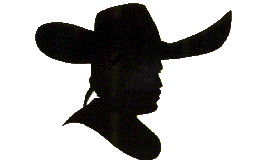From as far back as I remember, our family had books in the house. Whether it was the big set of encyclopedias in our living room or my brothers and sisters old textbooks or novels, there was always something around to read. I learned how to read in elementary school and I used to love poetry. There was one big anthology in particular that I would check out from the library at school time and time again. My favorite poem was a short one, by Ogden Nash. “Candy is dandy, but liquor is quicker”…that was it! I have been posting my favorite albums on Facebook now for almost two weeks now and the other day out of the blue I decided that I’d add my favorite books too. Each title comes with a little anecdote about the book. I’ve had to think way back to remember some of these, but it’s been fun to do so far. Here’s what I’ve posted to this point. I’ll update this daily with a new title and a new story each time.
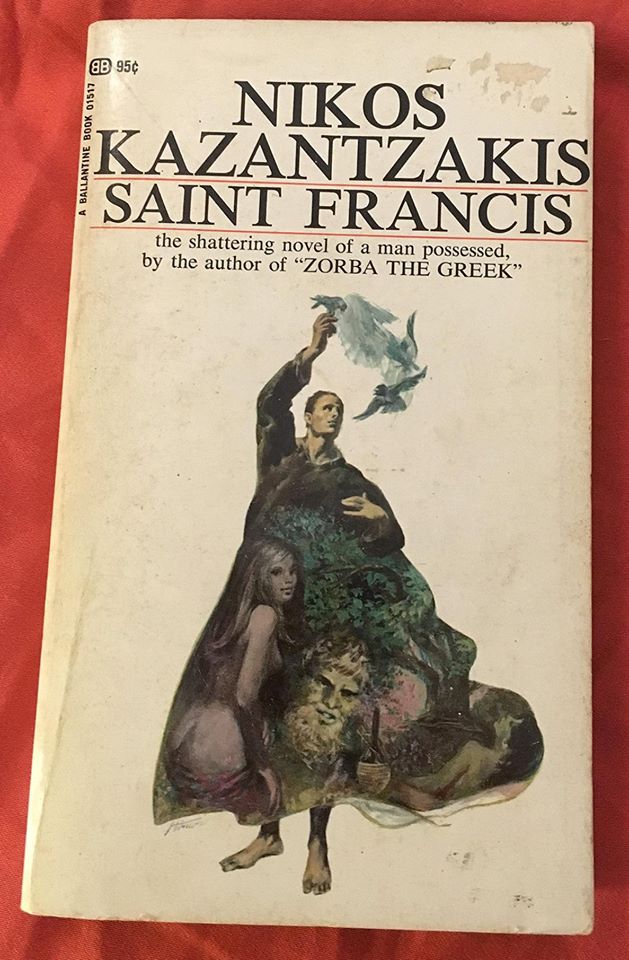
I was reading this one night at Winchell’s Donut shop on 22nd street when I was in my late teens. I was the only customer in the store and suddenly a guy appeared with a gun and he robbed the place. I knew something was up, and dared not make a move. I sat perfectly still with this book in my hands pretending to read it. When the guy had left and the cops arrived the clerk informed them that the robber had his gun pointed at me. I had no idea because I was seated facing the back wall. This book is great. I love the way Kazantzakis writes. I added this postcard too.
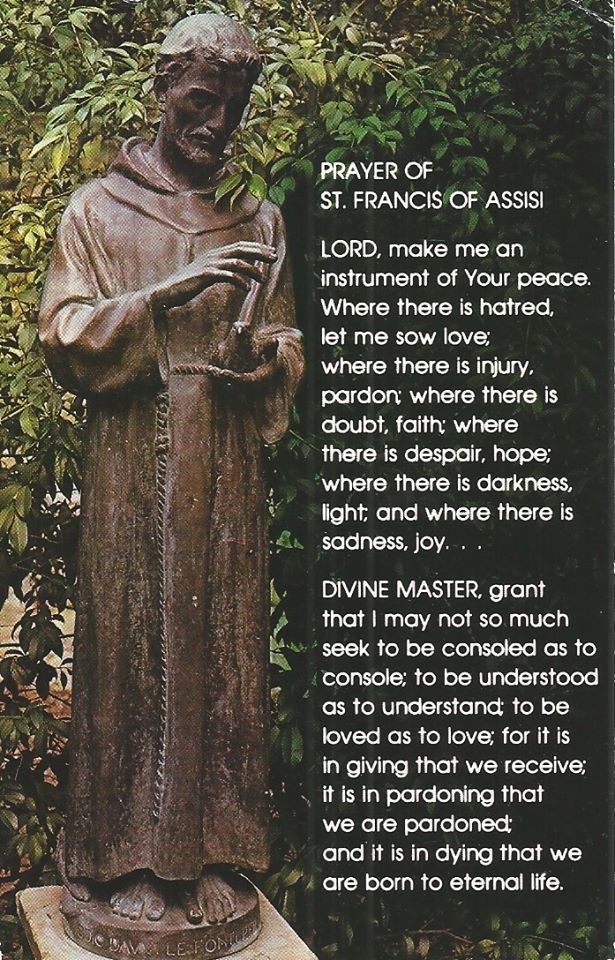
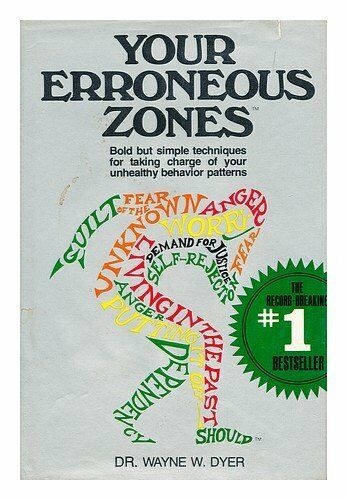
This is another one I read in my late teens. It literally saved my life. I was a sad, depressed, closeted kid, ready to end it all, when I read this. It opened my eyes to the fact that I was responsible for my own life and happiness. Schmaltzy, cheap pop psychology, written by an opportunist set out to make money, was how one of my psychology professors described it. Hell, who cares? It worked for me! And I’m still here!
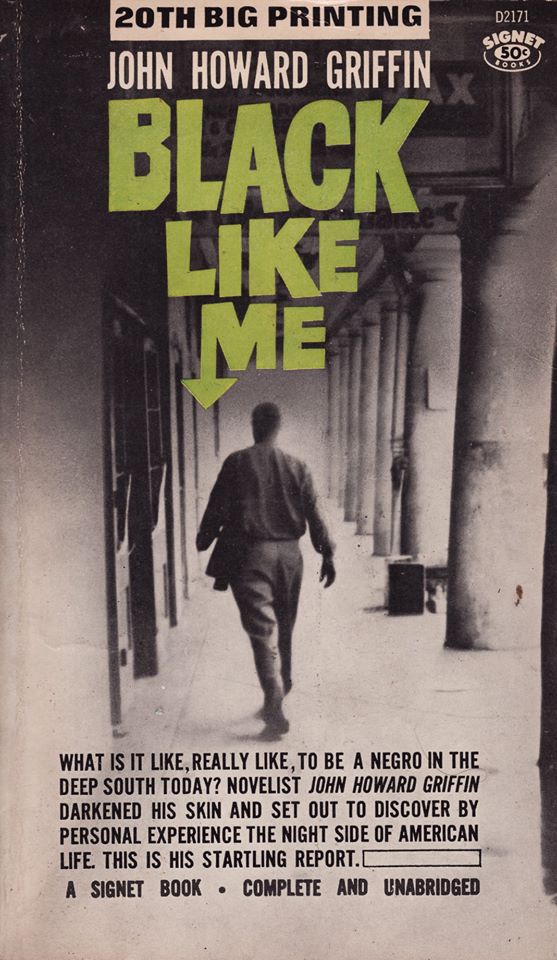
I bought this when I was in the eighth grade in junior high school, back in 72-73, when we could buy books through the Scholastic Books Service. I was so naive and unaware of the world around me back then. I had no idea what was happening culturally, politically or socially. This book helped open my eyes. There have been many others along the way that have also influenced and guided me in the formation of my values and beliefs, but this one was the first.
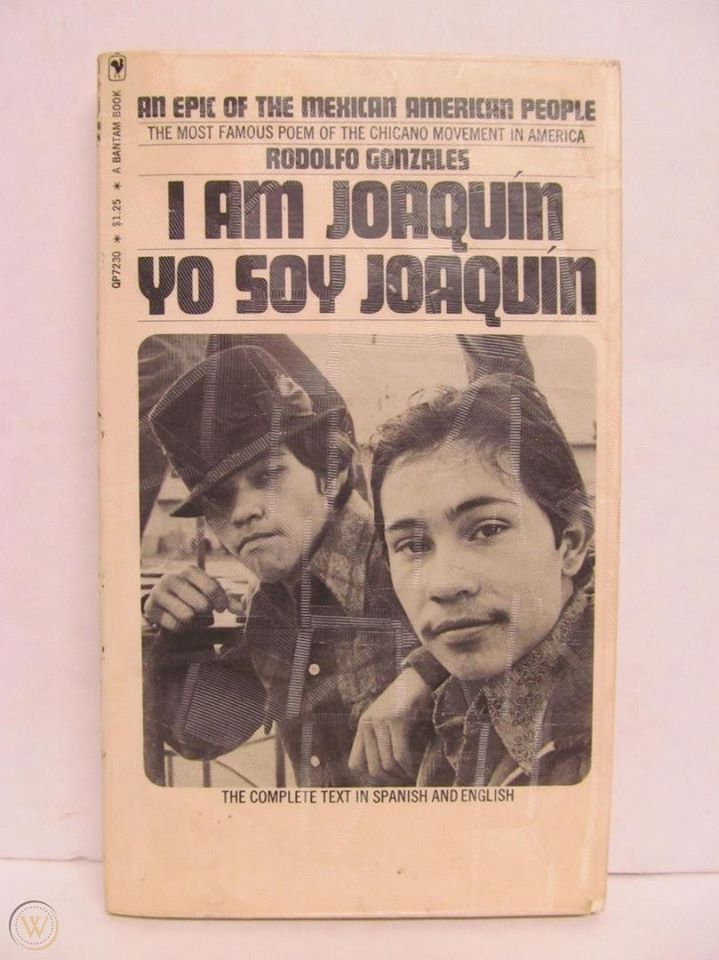
Nobody knew that my decision to go to Salpointe rather than Tucson High was based on the fact that I had a crush on a boy who was going there. I begged my parents to let me go, even though we could not afford it. My cousins were going there, I argued, so why couldn’t I? As things turned out my “friend” outgrew our friendship pretty fast and ended up going to Rincon instead. However, I met other people while at Salpointe, including my mentors, Ron and Jane Cruz, and my best friend Richard. I also learned things there that I probably never would have learned at Tucson High. I learned about my people and our history above all. I’ll never regret the choice I made, even though it cost a lot. I followed my heart, you might say. Ha ha ha. Ron Cruz introduced this little book to us when I was a freshman in 1974, in a class called “Cultural Awareness”. It was my very first Chicano studies class. I’ve never been the same… Here’s a film version of the poem, produced by Luis Valdez, of El Teatro Campesino.
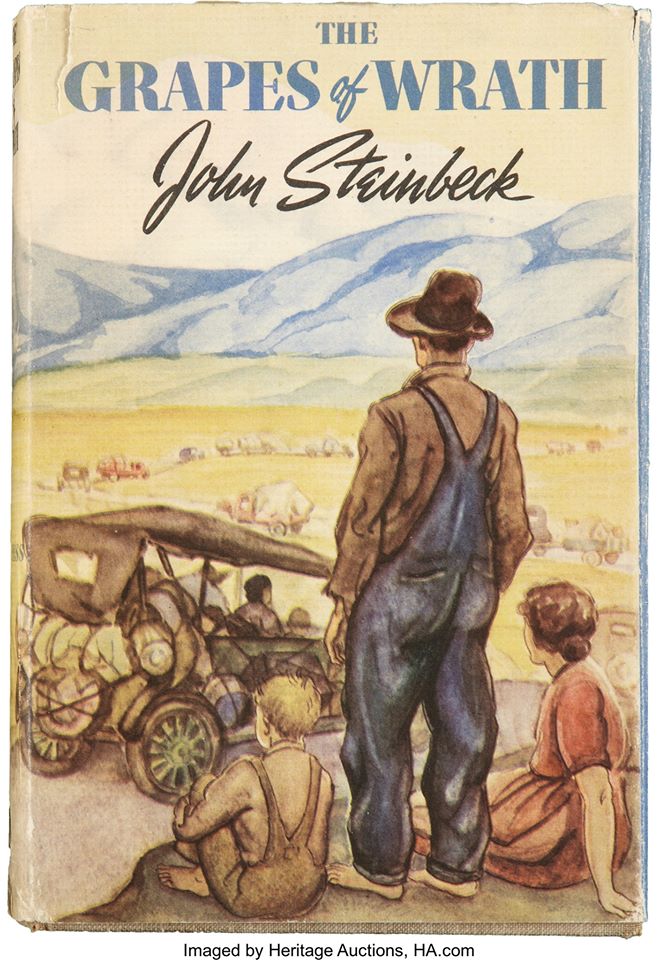
I read a lot of John Steinbeck’s works while in high school. East of Eden, Tortilla Flat, and Of Mice and Men are just a few. This one is epic. It took a while to get through, but was well worth it. I saw the movie too, but later.
Here’s a review of the book that I found on Youtube.
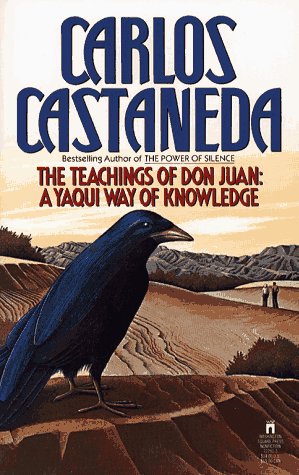
I read many of Castaneda’s books in high school, including this one as well as A Separate Reality, Journey To Ixtlan, and Tales of Power. I was mesmerized by Castaneda’s storytelling abilities. I wanted so badly to be a “warrior” too! I’ve since learned that Castaneda’s works were very controversial, and that he’s been called a “fake” because the works don’t really deal with “real’ Yaqui culture. Oh well. The books made for great reading. Castaneda sure could keep your attention! This was trippy stuff!
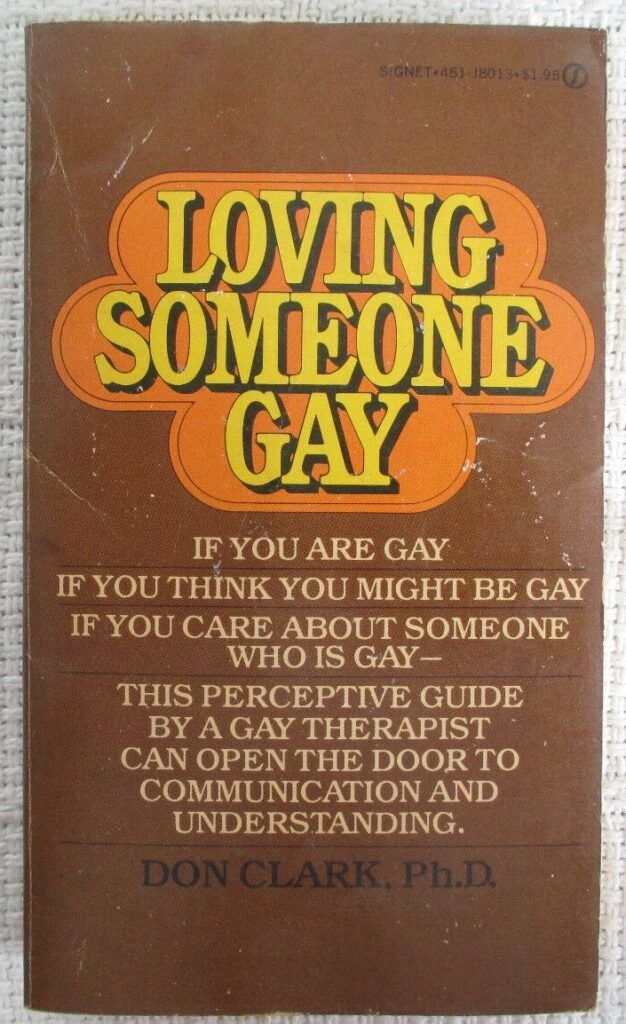
I turned 19 in January, 1978, and was in my sophomore year at the University of Arizona. I had a full load of classes and worked as a cashier at Fry’s part time, but was very unhappy. Life with my parents was difficult, as they didn’t get along, and there were always people coming and going in and out of the house. I had no privacy and studying was hard in such a volatile environment. It was a fucking zoo. I decided, therefore, to live in one of the dorms on campus. It was okay, but it didn’t solve all of my problems. I was very depressed and lonely, and had hit a new low by early April. At that point, it was either suicide or self-acceptance. Finally, one day in early April, I made up my mind that I was gay once and for all, and I “came out” to myself, and decided to try to accept it. I started going out to the gay bars, and found a whole new world. I’d also read Your Erroneous Zones around this time, but it took many more years for me to fully accept myself, and I had a difficult time getting grounded in those first few years, as I found myself overindulging in the booze and the boys… It helped to find reading material that dealt with being gay. I found novels like Rubyfruit Jungle, by Rita Mae Brown, and testimonials like The David Kopay Story, and then I found this book. It was first published in 1977, and it was another life saver. It helped me feel much better about myself, and as I kept reading and experiencing new things, life got better…
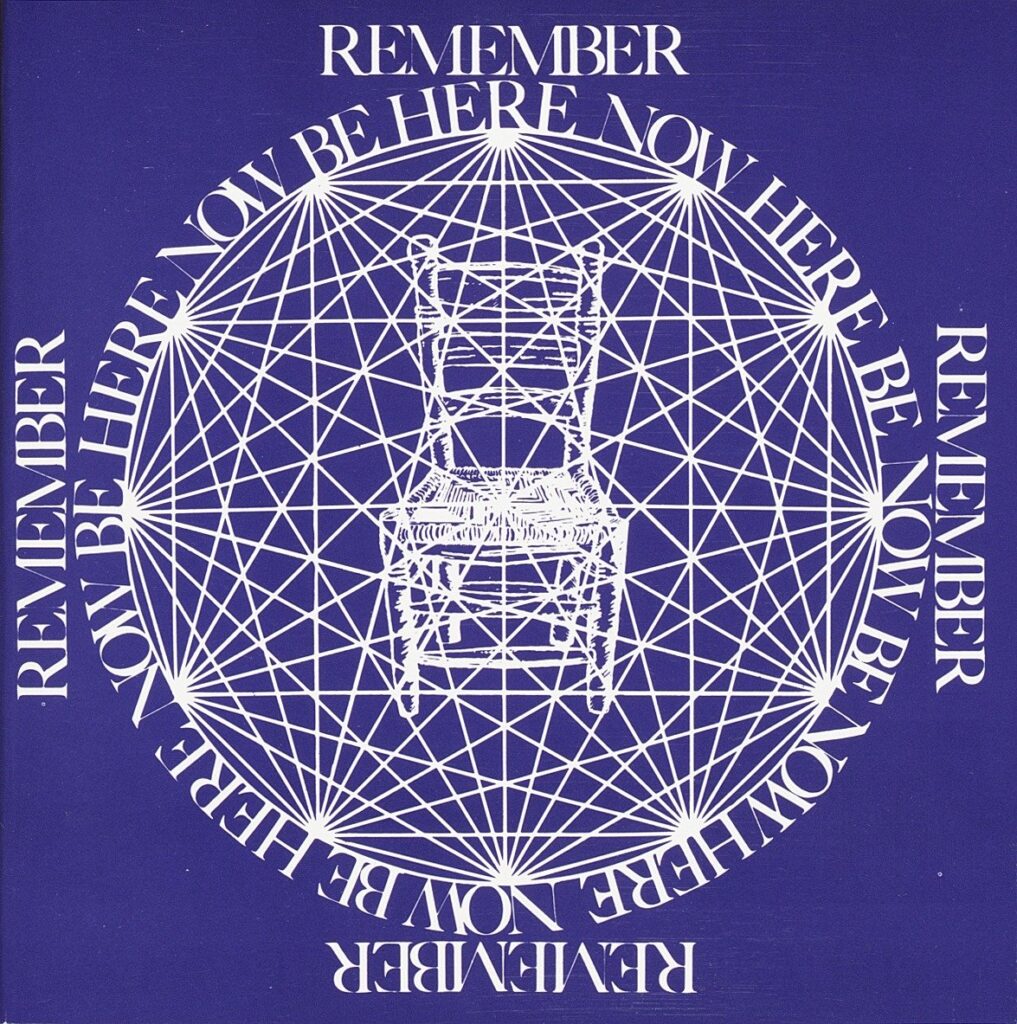
Going to a catholic high school meant that one had to take religion classes. In one of my first classes, I met two priests, Father Roderic and Father Frank. They seemed more like hippies than priests to me, and what they taught wasn’t what one would expect in a religion class. They talked a lot about values and social justice. They were quite ahead of their time, when I think about it. A few years later, when I was in college, I ran into Father Frank again. He had left the church, and had become an independent counselor. We became very close friends. He taught me many things, and I am forever grateful for his love, support and guidance. One of his gifts to me was this book, written by Ram Dass, who as it happens, passed away this year. Remember, Be Here Now, my friends!
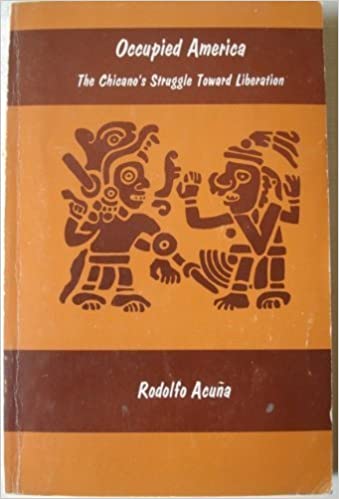
As I struggled with my identity in my teens, I kept searching for meaning in books. My dad was Spanish, and my Mom was mostly Indian. What did that make me? I really hadn’t a clue, until I started learning about Chicano history in high school. I’ve already mentioned the book “Yo Soy Joaquin” and how it impacted me. That was a work of poetry, and it told our story from a creative perspective. Over time, I’ve encountered other works that told the story from other perspectives. Books like 450 Anos del Pueblo Chicano and Chicano Manifesto were filled with information, photographs and opinions. It wasn’t until I read this book, however, that I began to realize that what I had learned in school had indeed been whitewashed. Rudy Acuna documented our history with facts and footnotes, and while he hasn’t always been given his due, he made everyone aware that the historical record needs closer examination. The truth is often buried in the details and skewed by those who write our histories. Objectivity is a joke. He skewed it in our direction for a change. This book is now likely in its fifth or sixth edition. I have four of them.
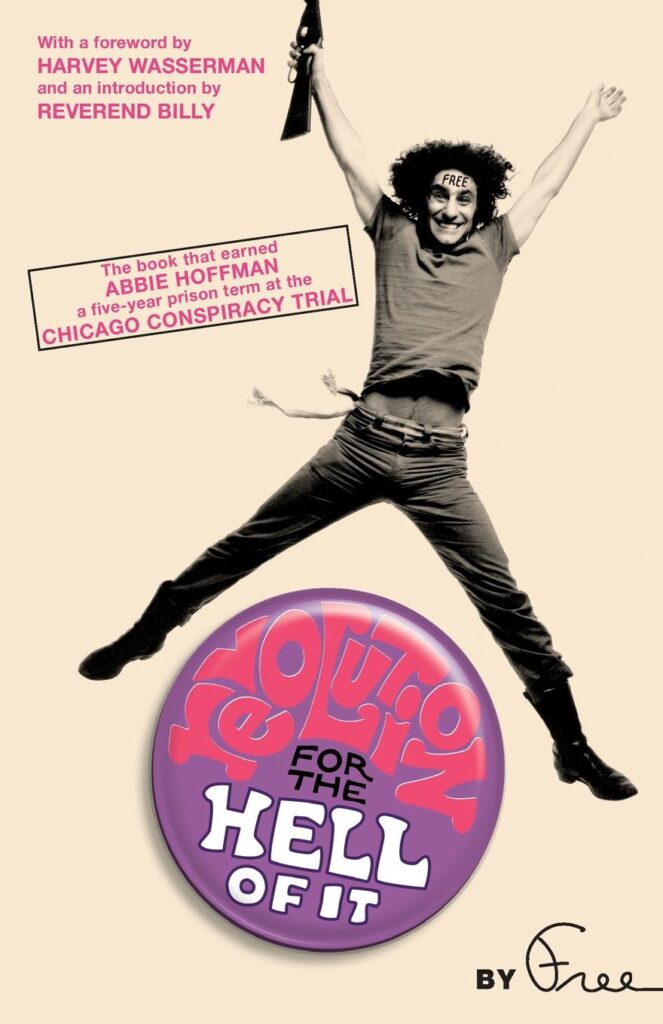
I really dig writing these little stories. I was born about 10 years too late to be a hippie, but I was fascinated by the counterculture of the Sixties when I was in college. I read books like “On the Road” by Jack Kerouac, “We Are Everywhere” by Jerry Rubin, “Howl” by Allen Ginsberg and a variety of others that dealt with beatniks, youth, existential angst, rebellion and revolution. I knew all about the Yippies and the 1968 Democratic Convention and the trial of the Chicago 7, and listened to Dylan, the Byrds and other artists that were big in the heyday of the 60s. I would grill my brother Rudy and sister Becky about their time spent in the Bay area back then, and was just fascinated by their accounts. Becky got to see Janis Joplin at the Avalon Ballroom in San Francisco and heard the Grateful Dead practice in a garage up the street from where she lived, and Rudy saw the Moody Blues when he lived in San Jose. Wow, man. How groovy is that? Becky later married a guy named Larry, and they were into antiques and leather sandals, and they smoked weed. They even had a stash of different flavored rolling papers. My brother Fred and I would go to their apartment and hang out with them, and we’d sneak into their stash of rolling papers and pop them in our mouths. I liked the banana flavored ones better than the chocolate ones, I must say. They were probably toxic. Oh well. The older I got the more I wanted to be a “hippie”, but I never felt like I fit in. Something about being gay and Chicano made me a tad too different, and like I said I was a little late in arriving. It’s okay. I found my own path eventually. Among all those books I read, I think this one had the biggest impact. It was just so “out there”, so bold and brash. Abbie Hoffman never sold out, but he did go underground. Bless his heart. After he came out from hiding, he wrote a couple more books, but it’s been many years now since his passing. Rest in peace, brother. Long live the revolution!
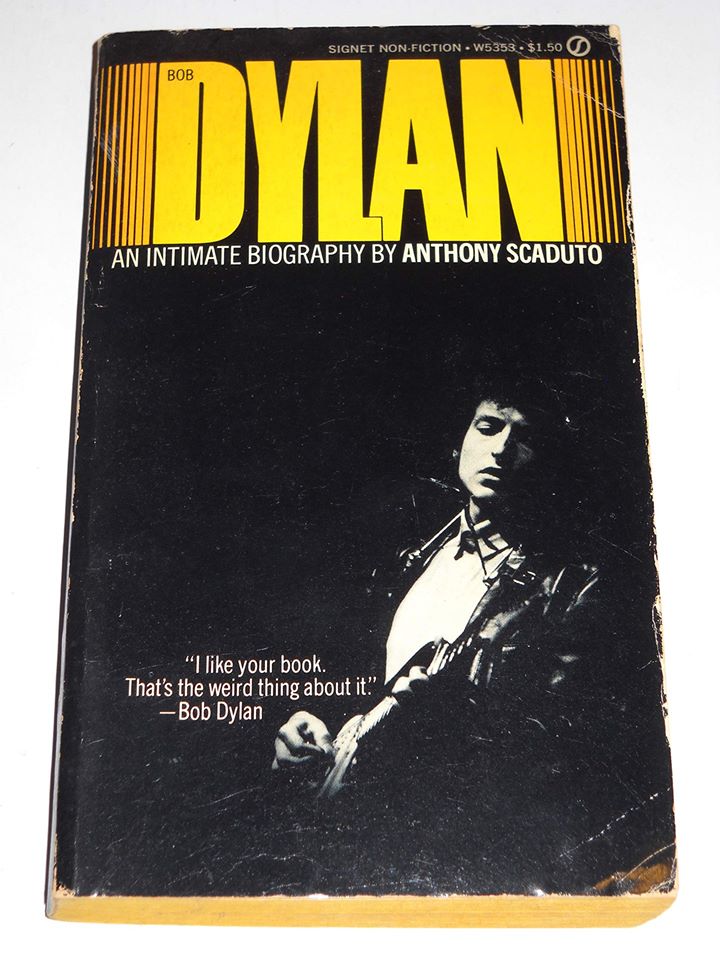
Given that today is Bob Dylan’s birthday, I think it’s only fitting that I highlight a book about him. The book I’m featuring today that had an impact on me is called Bob Dylan: An Intimate Biography, by Anthony Scaduto, originally published in 1971. I read this many years ago, and it was filled with lots of details about Dylan’s life and his music up to the end of the Sixties, mas o menos. There are many other Dylan biographies I have on my bookshelves, but this little paperback was one of the first I ever owned and is widely acclaimed to be one of the best ever written. I first heard Dylan in the mid-60s. My brother Rudy had his albums as did my sister and her hippie husband. I’ve been a huge fan too since high school, and was right there in the second row at the Tucson Community Center Music Hall in 1980 when he did his amazing Slow Train tour with those incredible gospel singers. They blew me away. Never had I heard such powerful voices live. I’ve seen Dylan several times, once at the McHale arena, a couple of times in Phoenix and even a time or two when I lived in Ann Arbor. I last saw him perform at the Desert Trip Festival in 2016. My dear friend Richard and I drove to Palm Springs to see him and the Rolling Stones. We had a blast. Dylan hasn’t stopped performing, and he’d be out on the road right now if it weren’t for this virus that has us all cooped up. A lot of people don’t like his voice. I think it’s one of the most expressive voices in all of music. I even enjoy his Sinatraesque albums. The Christmas album is a bit much, however, although one or two songs really do sound good. There’s a really funny video out on Youtube of one of those songs.
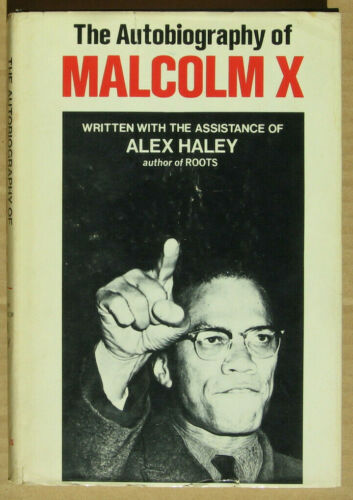
Here’s my book of the day. Further fuel for a fire that has yet to be extinguished. I read it in college, but not sure which year. I do know it was way before the movie came out. It just confirmed my beliefs that I had already developed by that point that we needed deep structural social change in this country. A revolution, you might say.

Here’s my book of the day. Allen Ginsberg’s poetry was fun to read when I was in college. Some of his poems were weird, and there were others I didn’t understand. But the ones I did get, I understood real good! Ha ha ha ha ha.
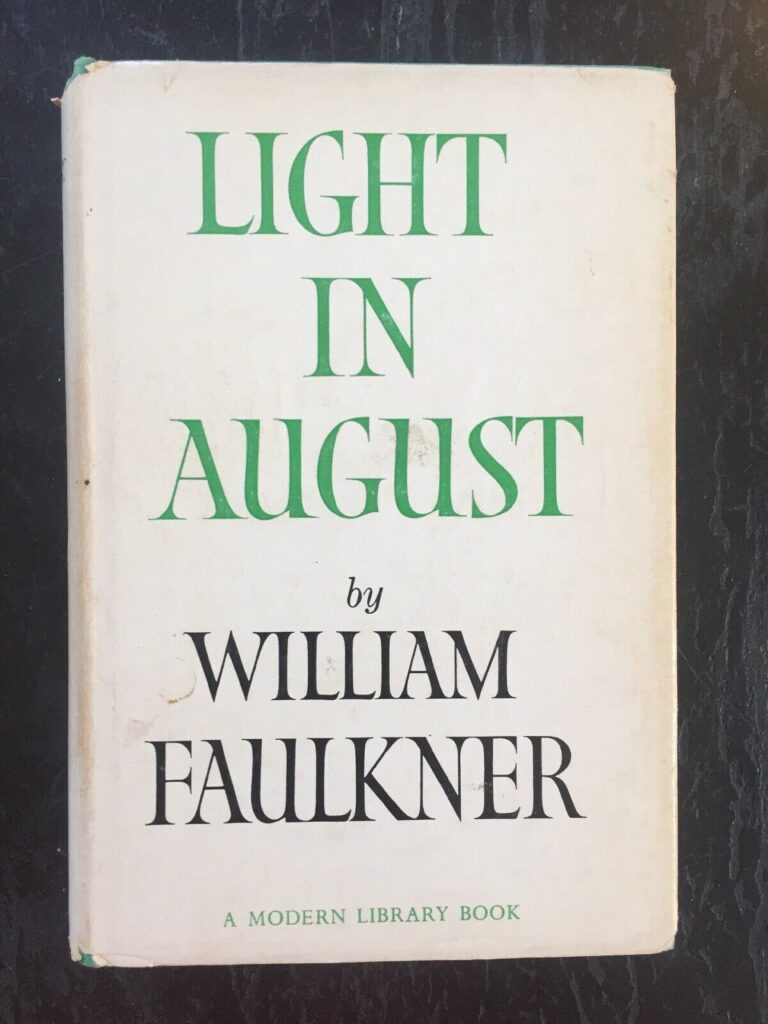
I read this in college. It’s what I consider one of those thick, epic novels that has a variety of characters and sub-plots, and one that you have to read carefully so that you don’t get lost. Faulkner is one of the great ones, in my humble opinion. I enjoyed this book, even though it was required reading.
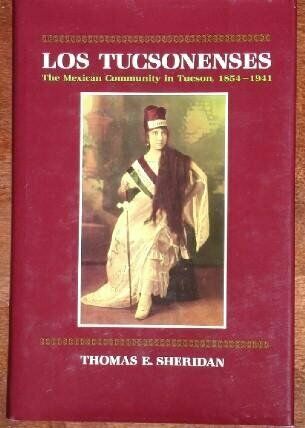
My book of the day. Ruben and I bought our first home in 1995. It was on 10th Avenue just a block south of Speedway, in the Dunbar Spring neighborhood. One day, I was standing in our back yard looking towards the alley, and had this weird feeling. The ground had all these mounds, it seems. They weren’t prominent, but I swear, it seemed to me to be like a graveyard. Then one day, as I was reading this book, I saw a map of one of Tucson’s former cemeteries, and sure enough, I was living right smack dab in the middle of it. It had indeed been a former graveyard. I did some further research on the cemetery and learned that the bodies were supposed to have been moved to Holy Hope sometime around the turn of the century, but in many cases, only the gravestones were moved. I found articles from the newspaper confirming this. When Speedway was widened, for example, a lot of bones were found. It was creepy, to say the least. I made a vow never to disturb the ground if possible. We later moved….
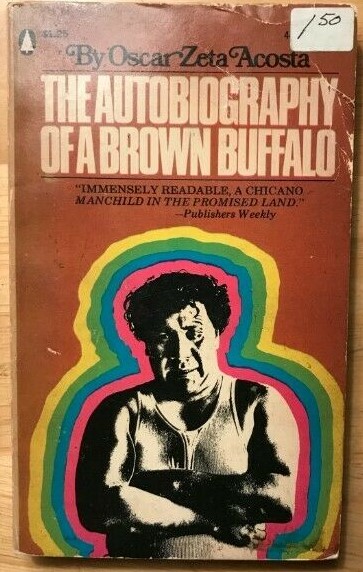
Book of the day… about figuring out who you are. It’s a mess of a book. I read it a long time ago.
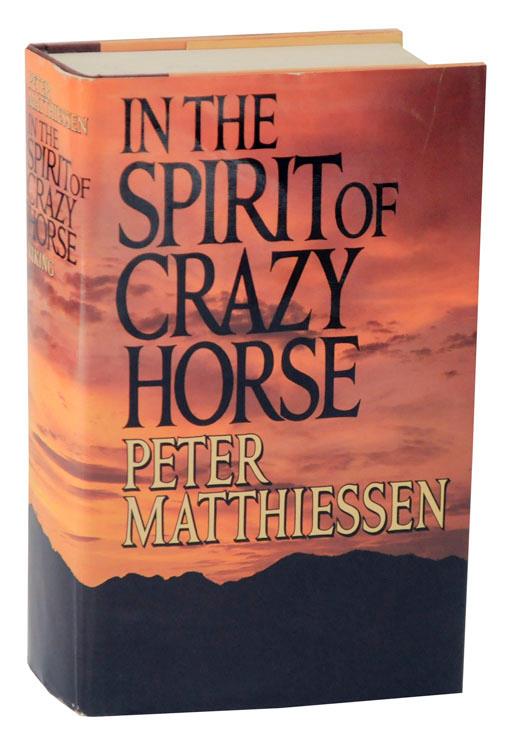
Here’s my book of the day. I graduated from the UofA in 1982, with a liberal arts degree. I majored in psychology and minored in sociology. By the time I had graduated, I had lost interest in psychology and my real passion became sociology, specifically the study of social movements, so I applied to the graduate program at the UofA and was accepted. At the time, I had also joined Teatro Libertad and was learning about radio programming, and working too. I wasn’t a very dedicated graduate student at that point, I must admit, but I did write a research proposal on the American Indian Movement, and while I really missed the mark (research proposal, what’s that?), I loved doing the reading and the writing. I didn’t last long in the grad program, and I drifted for a year or two, until I got serious and entered Library School in 1985. I wouldn’t have made a very good academic. All that number crunching. Yuck. This book was one of a handful that chronicled the American Indian Movement. I still have it.
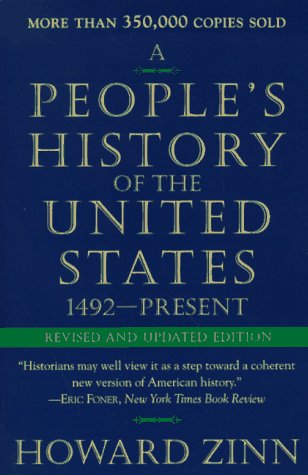
My book of the day…
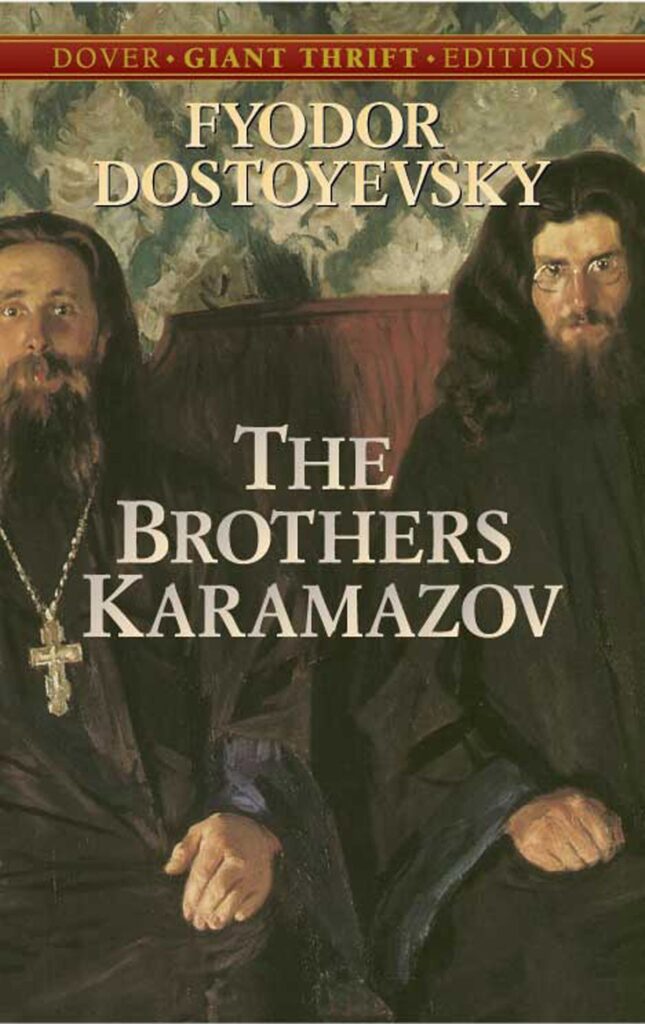
Book of the day. This one is also complicated and long, but I loved reading it. I read a lot of Dostoyevsky in college. This one wasn’t required, however. The movie is good too.
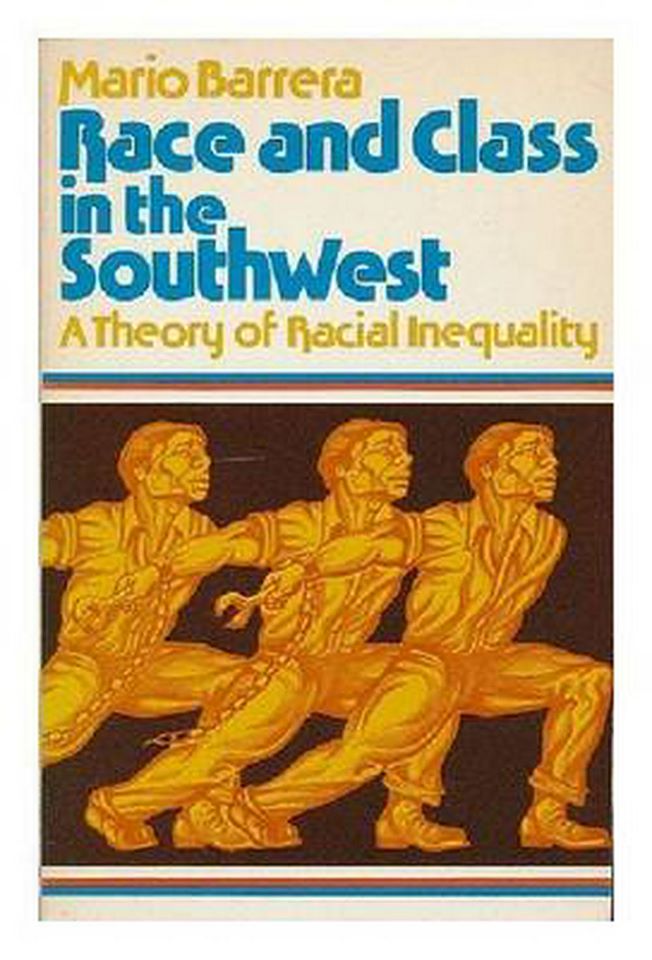
My book of the day. I read this in college. It deals with political and sociological theory, but is very readable. The theoretical model it focuses on is called “Internal colonialism”, which according to one source is “the uneven effects of economic development on a regional basis, otherwise known as “uneven development” as a result of the exploitation of minority groups within a wider society and leading to political and economic inequalities between regions within a state”.
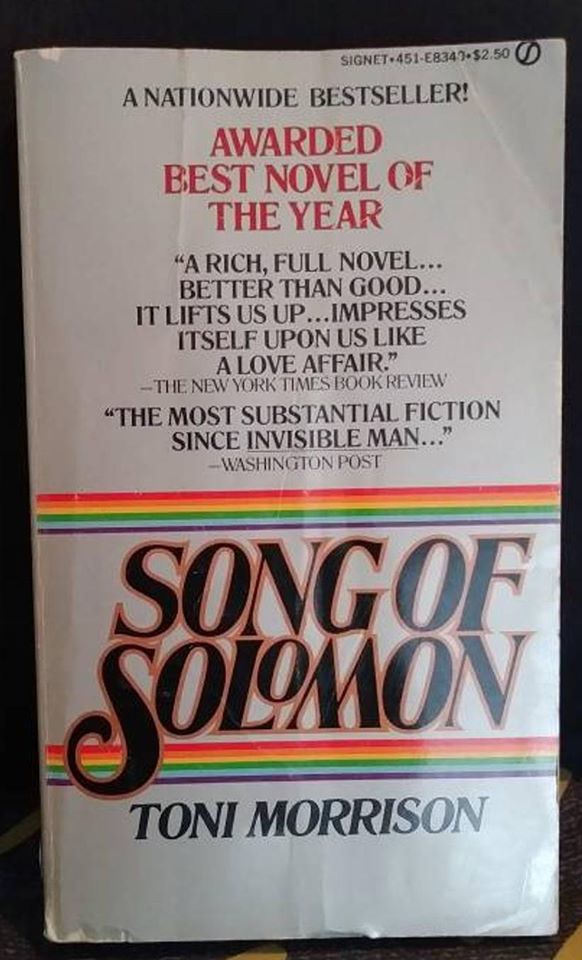
Here’s my book of the day. I have read this one and Tar Baby. I still have a couple more of hers I want to read, including Beloved and The Bluest Eye. Has anyone else read these?
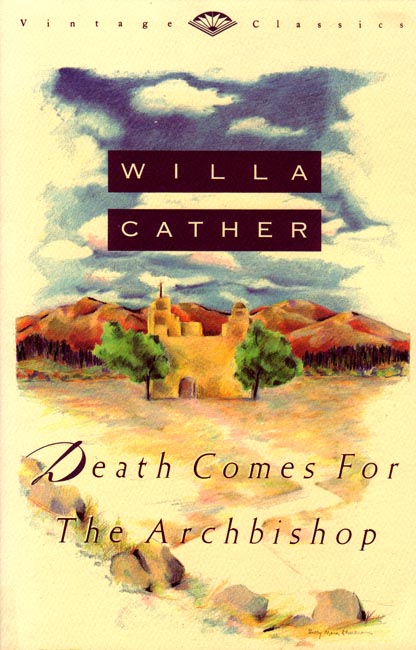
Richard loved New Mexico. He and Emily would take Luz every year to the Hatch chili festival, and they often spent their summer vacations up in the Taos area. I bring that up because New Mexico is the setting for this book by Willa Cather. Richard told me that he really liked this book once after I had mentioned to him that I loved reading Willa Cather.
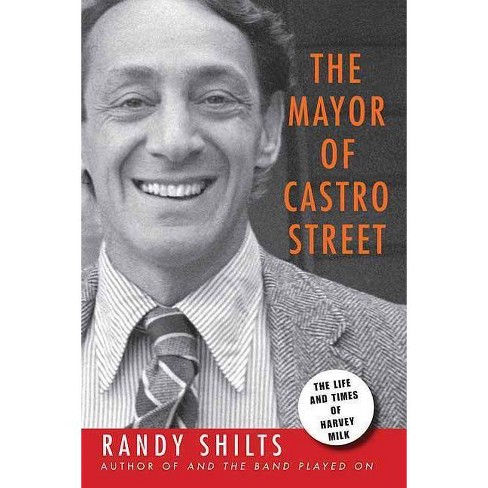
My book of the day. This one made me cry. I remember going to San Francisco back in 1978, when I was 19 and Harvey Milk was in office. I took a greyhound bus there, and stayed with my aunt and uncle in South San Francisco. My cousin Susie showed me around, and we even got to go to a few concerts. I remember seeing Joan Baez at the Stanford Amphitheatre, Rufus and Chaka Khan at the Circle Star Theatre, and Jean Luc Ponty at an auditorium in Berkeley. During the day, I’d catch a bus into the city. I visited Polk Street and got hit up by a couple of very handsome Moonies in Fisherman’s Wharf, and went shopping for books in some of the best used bookstores and thrift stores I’ve ever been in. The legal drinking age was 21, so I didn’t get to go bar hopping, unfortunately. It was a fun trip nevertheless, although my encounter with the Moonies was a close call. They invited me to dinner, but my cousin talked me out of it, warning me about all the crazies there were in the city. Thank God. I didn’t know they were Moonies until later when People Magazine ran a story about them. Included in the article was a photo of a Victorian mansion that the Moonies passed around to people who they were trying to recruit. I recognized it immediately, as I was given one exactly like it by these two guys. A few months later, Harvey Milk was assassinated. The city burst into flames that night. He was a real leader. Fuck. Why do they all have to die?
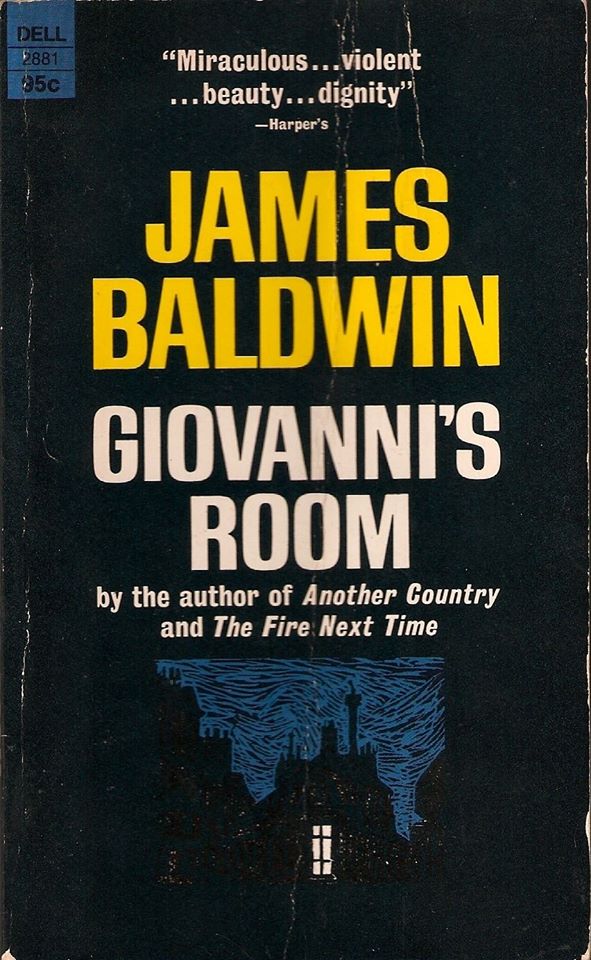
Here’s my book of the day. James Baldwin was a badass, and wrote about being gay at a time when there were very few others doing so. There’s a film clip of him on Youtube that shows him debating William F. Buckley Jr. and he just tears it up. I added the link in the comments section. I read this work and Another Country years ago, plus many of his non-fiction works. He’s one of my favorite writers.
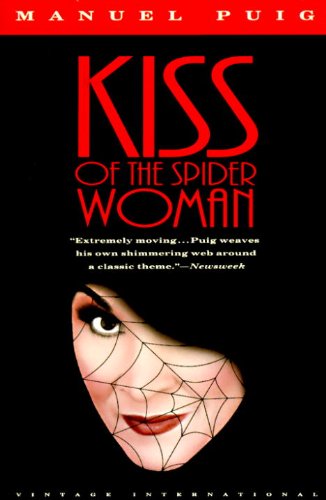
My book of the day. The movie was just as good. It starred John Hurt and Raul Julia. This is one of a handful of works by Latin American authors that have struck a chord with me over the years. I’ll be covering those in subsequent posts.
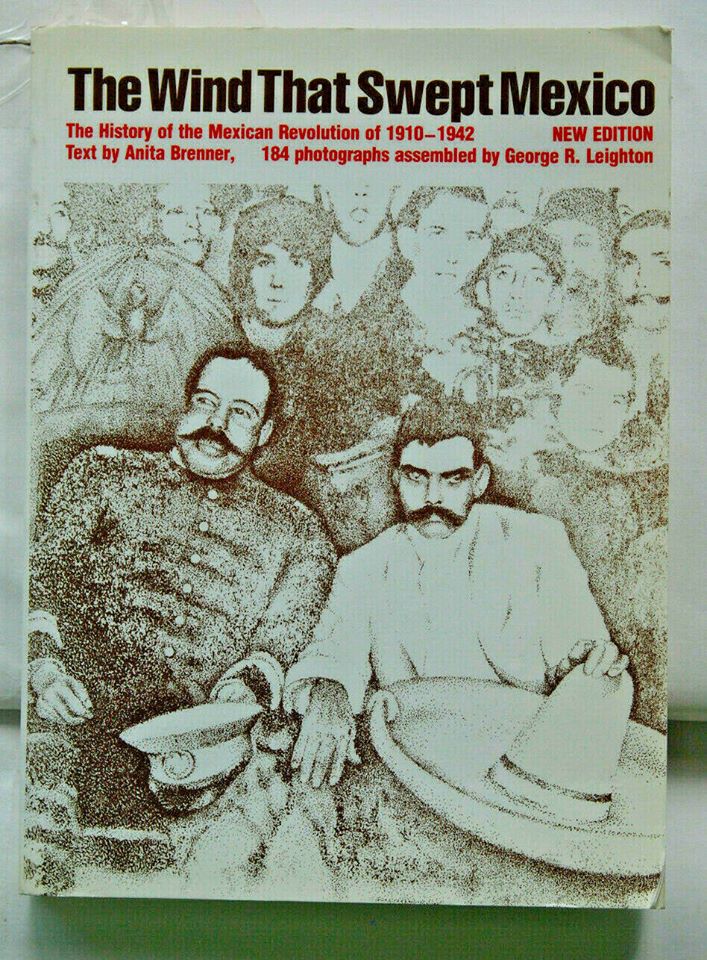
I bought this in high school. It’s a book of photographs taken during the revolutionary era in Mexico. The photos are magnificent.
